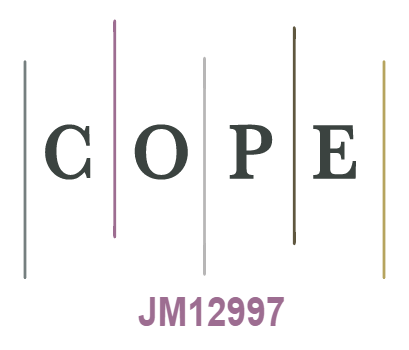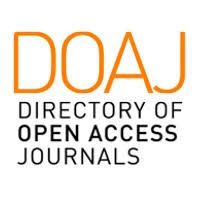The role of some peer and school variables in prediction of peer violence
Abstract
The aim of this research was to examine potential peers and schools predictors of peer violence on the sample of Croatian primary school children. With the control of sex, age and school success, the aim was to ascertain which of the selected peer predictors (number of friends, social status and peer acceptance) and school predictors (school climate and safety in the school surroundings) predict overall, verbal and physical peer violence, and overall, verbal and physical victimization. The selected predictors explain the physical peer violence the best (31.9%), then overall peer violence (19.4%). With the control of the individual variables, the better predictors of overall and physical peer violence were peer variables, while the school variables were better in predicting verbal peer violence (5.1% explained variance). In the prediction of peer victimization, the selected predictors explain verbal victimization the best (33%), then the overall victimization (28.9%), and the physical victimization (21.8%) the least. The same significant predictors were obtained for physical peer victimization and overall victimization. The best predictors proved to be peer variables, moreover all potentional peer predictors were significant (number of friends, social status, and peer acceptance). With verbal victimization, number of friends was not a significant predictor, while the other peers' (negative social status and low peer acceptance) and schools' predictors (negative school climate) proved, as expected, significant for predicting verbal peer victimization.
Keywords
Full Text:
PDF (Hrvatski)Viewing Statistics
- Abstract - 216
- PDF (Hrvatski) - 164
Copyright (c)
Međunarodna licenca/ International License:
Imenovanje-Nekomercijalno/Attribution-NonCommercial
Pogledajte licencu/View license deeds
Print ISSN 1330-0288 | Online ISSN 1848-6096



